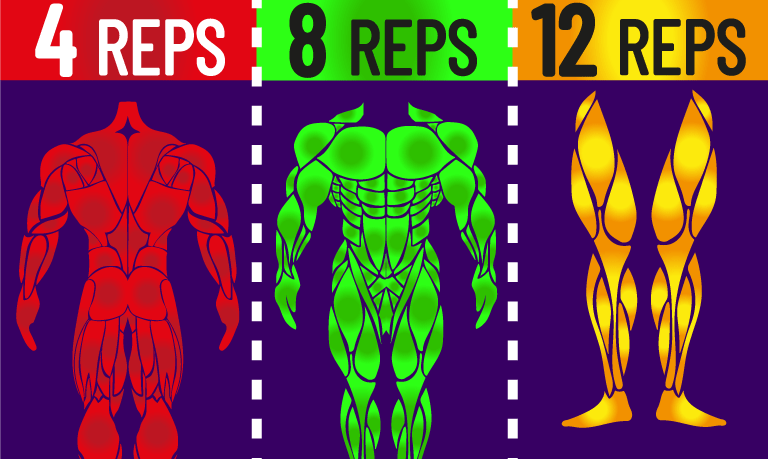
It’s not uncommon for individuals to train with only a single rep range in their whole program.
Of course, this isn’t bad, positive adaptations will unquestionably still take place.
But as we’ll examine in this article, training with different rep ranges may provide a variety of potential benefits.
Read More







